Will Gresson – 13 February, 2013
Beginning with the artist's early years in Paris in the 1920s, the works on display trace Giacometti's early interest in the forms of African and Oceanic sculpture, his acceptance and support from the surrealists and then his move away into new forms and ideas. The title of the show references the influence of space and surroundings on Giacometti's work, and it is perhaps this idea which is the most interesting to see evolve through the works.
Giacometti: The Playing Fields, on from now until the middle of May is one of two shows dedicated to the Swiss sculptor currently showing in Hamburg. While the parallel exhibition, Encounters, focuses on a more general portrait of the artist, The Playing Fields looks at the development of Giacometti’s early relationship with surrealism and the ways in which many of the major aspects of his famous sculptural works evolved from the 1930s onwards.
What is immediately striking about the collection is its cohesiveness. As a retrospective, the presentation of a historical narrative feels just as important as the work itself, and in this respect the show is a success. Beginning with the artist’s early years in Paris in the 1920s, the works on display trace Giacometti‘s early interest in the forms of African and Oceanic sculpture, his acceptance and support from the surrealists and then his move away into new forms and ideas. The title of the show references the influence of space and surroundings on Giacometti’s work, and it is perhaps this idea which is the most interesting to see evolve through the works.
In early designs drawn up for public sculptural works, there is a lot of emphasis on the idea of the spectator being able to walk amongst the sculptures, with the spaces themselves integrated into the installations. The comprehensive texts which adorn the walls of each section of the show make repeated references to these works, both as designs and as fully realised, smaller scale sculptural works as ‘game board’ pieces, emphasising the artist’s attention to how the spectator engaged with the work across a field of action.
This idea is extended throughout the show, with repeated images and references to the artist’s small, 18 square metre studio where he worked for the better part of 40 years. The photographs are especially interesting, showing that even within the cluttered confines of his studio, Giacometti constantly engaged with notions of placement and relation, changing and developing not just the shapes of the works themselves but also how to install them and the different types of tension that could be created. The work which stands out the strongest in this sense is Woman with Her Throat Cut. It’s stark, surrealist form and the different ways in which it was installed (in one drawing of Giacometti’s studio, it is shown hanging from a rope) show the power of Giacometti’s attention to line and shape across multiple fields of placement. For those who are more accustomed to the thin, walking figures most commonly associated with him, it may come as something of a revelation.
This work also demonstrates that even with Giacometti’s seemingly ceaseless quest to reduce definition to basic building blocks, his works only increased in their power as simplified objects and shapes. The image which stays with me the longest is actually one I have had sitting on the wall of my studio for the past year as a postcard. It is an image taken by Henri Cartier-Bresson of the artist installing his works in a large gallery space. In the foreground of the shot is one of his classic walking man figures; simplified, thin straight lines. In the background, slightly blurred, the artist strides forward, cigarette dangling from his mouth, carrying a smaller piece in his hands; the shape of Giacometti’s legs and the lines of his posture match almost perfectly with that of his sculpture. The image seems to stand as a sort of proof of Giacometti’s instincts for form and his idea of the simplified essence of human movement.
Will Gresson
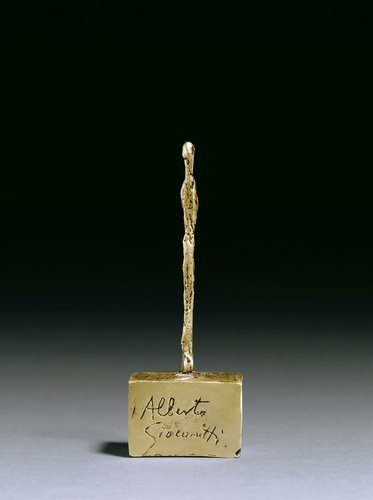
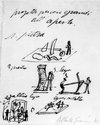


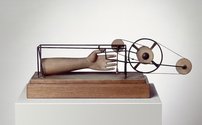

 Two Rooms presents a program of residencies and projects
Two Rooms presents a program of residencies and projects Advertising in this column
Advertising in this column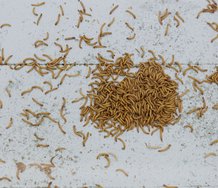
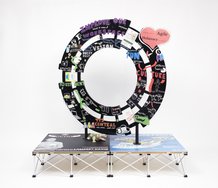
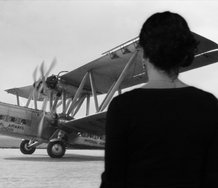
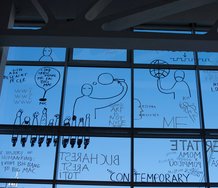
This Discussion has 0 comments.
Comment
Participate
Register to Participate.
Sign in
Sign in to an existing account.